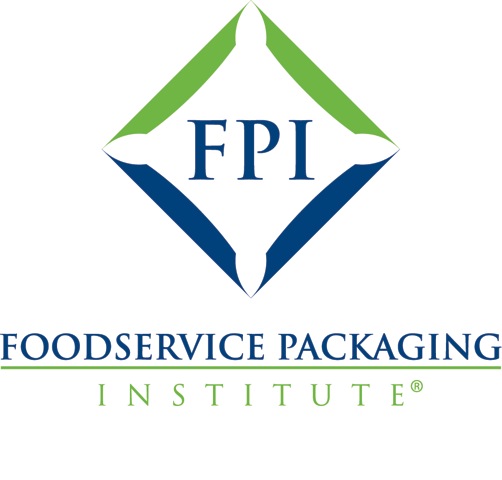Talking With: Lynn M. Dyer, President of the Foodservice Packaging Institute
3 Min Read By MRM Staff
Established in 1933, the Foodservice Packaging Institute (FPI) is the trade association for the foodservice packaging industry in North America. In its most recent state of the industry survey, about 57 percent of respondents experienced growth in volume, and nearly 60 percent reported profit growth in 2015. This year, more than three quarters of the industry expect volume expansion and half expect profit growth. Over the next five years, those surveyed view fast casual, convenience stores and QSRs as potential growth areas. Modern Restaurant Management magazine’s “Talking With:” series continues as we discuss trends in foodservice packaging, sustainability and regulations with FPI President Lynn M. Dyer.
What is FPI’s mission and goals?
FPI is the leading authority on foodservice packaging in North America and seeks to encourage the responsible use of all foodservice packaging through promotion of its benefits and members’ products, serve as the voice of the industry to educate and influence stakeholders, and provide a legal forum to address the challenges and opportunities facing the foodservice packaging industry.

What are some trends you see now and coming soon in food packaging?
We are seeing increased interest in “sustainable” and “green” packaging, particularly interest in compostable packaging. Aside from the materials used in the packaging we are also seeing more brands recognizing the importance of using packaging for brand promotion.
What forces are driving changes in food packaging?
As they have for years, foodservice operators and their customers are driving many of the changes in foodservice packaging. While products need to perform the way they’re intended to perform – keeping hot foods hot and cold foods cold – end users expect these products to also meet their desire for an environmentally responsible package.
What have been some major changes in food packaging over the past 10 years?
Over the past 10 years, foodservice packaging has evolved from being purely functional as a safe and sanitary option to providing opportunities for brand promotion and story-telling, as well as becoming more sustainable through use of recyclable or compostable products.
What kind of impact has increasing delivery, takeout and meal-prep services had on food packaging?
It’s provided another reason for restaurants to use foodservice packaging. Without the packaging, restaurateurs aren’t able to offer these sales-driving options.
What are some common misconceptions regarding food packaging?
Foodservice operators often think of foodservice packaging as merely an expense, when in fact it’s an opportunity to drive sales through brand promotion and providing consumers the restaurant experience outside of their store.
This fact is on your site: “Technological advances and packaging redesigns allow manufacturers to produce lighter, stronger, and more compact foodservice packaging, using less raw materials than their original design.” How do you see the technology dovetailing with packaging?
As technology advances, manufacturers are able to produce packaging that is more resource-efficient, whether through light weighting of virgin materials or increased use of recycled content.
What do you see as challenges regarding food packaging in the restaurant industry?
Packaging is often seen as waste – something to be thrown away when finished with the food or beverage. In fact, that packaging is a resource and should be recycled or composted by the consumer. There’s quite a bit of work going on in this area, both to help operators add front-of-store recycling or composting collection programs as well as collection of the packaging when it’s disposed of in the home. Check out www.recyclefsp.org for more details.
What do you hear from restaurant owners regarding food packaging regulations?
They are concerned about government intrusion in the marketplace. They do not like to be told what packaging they can or cannot use. Restaurateurs should be able to decide what packaging is best for them, based on their and their customers’ needs, without limitations.
Explain some of Institute’s stewardship and why you feel it is important part of the organization does?
The foodservice packaging industry is committed to reducing the impact of its products on the environment. Unfortunately, our products are too-often littered or thrown away. We’re collaborating with many different stakeholders to decrease the amount of foodservice packaging that gets littered and increase the amount of it that gets recycled or composted. Our products provide a great number of benefits to foodservice operators, and we don’t want these to be overshadowed by environmental concerns.
What can restaurants do to also serve as stewards?
Together with Keep America Beautiful and the National Restaurant Association, we created a guide to help foodservice operators prevent and reduce litter. The guide should help improve the customer experience, help the environment and enhance the restaurant’s bottom line.

